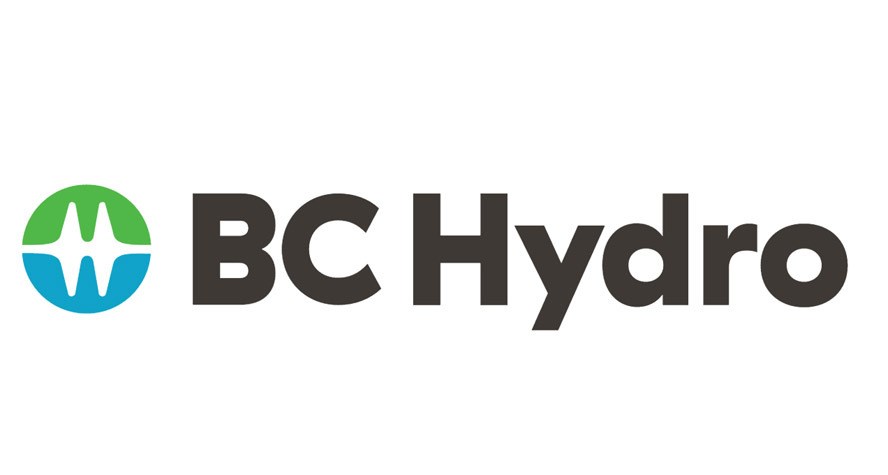Despite extreme weather leaving reservoirs at record low levels over the winter and challenges related to the Enbridge gas pipeline explosion, BC Hydro said Tuesday it managed to meet the electricity demand while keeping rates low over the past several months.
A new BC Hydro report titled "Generational challenge: How B.C.'s generation system is adapting to extreme weather and unforeseen events" found the past 12 months demonstrate how extreme weather in B.C. can impact the utility's reservoir levels.
While Hydro has experience managing reservoir levels in low water years, October brought an unexpected challenge - the Enbridge pipeline explosion - which impacted wholesale market prices by creating an increased demand for electricity to replace gas-generating units that would have otherwise been able to run.
The event came as the effects of a dry summer came into play. By October, its two biggest reservoirs - Williston on the Peace River and Kinbasket on the Columbia River - reached record seasonal lows.
Indeed, dry conditions in the Williston basin resulted in four consecutive months of low inflows, with September, October and November being the third, second and fourth lowest in 60 years.
The pipeline explosion reduced natural gas supply in B.C. and the Pacific Northwest to 80 per cent of normal, affecting wholesale market prices for both natural gas and electricity.
In response, Hydro said planners took steps to secure a sufficient supply of imports to meet needs over the winter season - particularly in the event of a cold, dry winter and continued gas supply challenges.
As it turned out, B.C. experienced a record-breaking cold February followed by the driest March on record in parts of the province.
This resulted in more electricity being used than forecast, and less water remaining in Hydro's reservoirs as demand for power remained high.
In addition, independent power producers were down below projections due to the weather and unable to meet the increased demand.
Cold and dry weather delayed the onset of the spring freshet; however, inflows into the reservoirs have started to increase in April with warmer weather and will soon start filling the reservoirs.
While Hydro is predicting higher water flows resulting from climate change over the long term, unpredictable weather patterns are expected to continue in the years ahead. Hydro said it is working to ensure its system performs safely across a wide range of conditions and extreme events by:
- Continuously working to improve the weather and inflow forecasting. For example, all coastal watersheds can now be forecasted down to the hour, which improves the forecast accuracy for extreme rainfall events.
- Expanding its monitoring technology. This includes custom-made solutions that have been designed in-house, as well as upgrading snow survey stations to automated, real-time snow and climate stations.
- Investing in capital projects - like spillway gate replacements - that will increase resiliency of the system to climate change.



